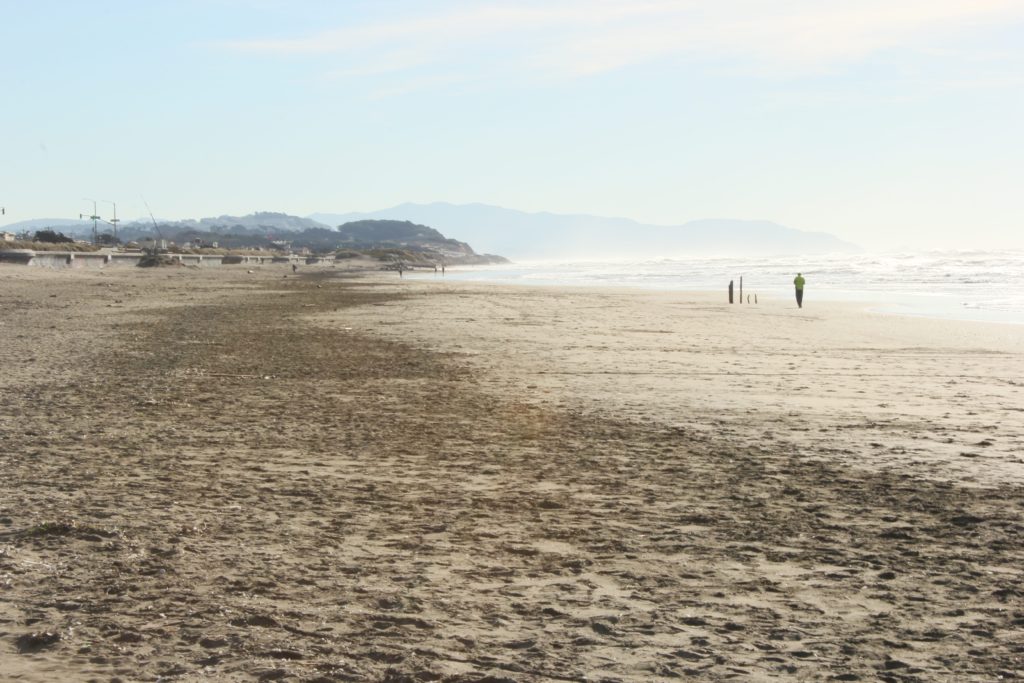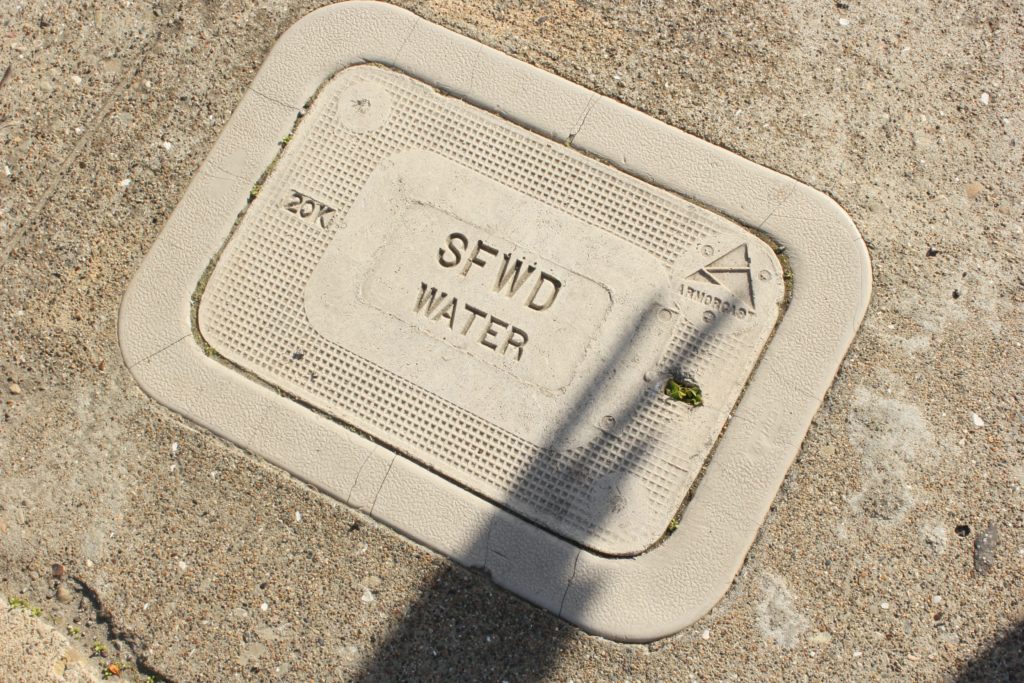“Oil is drowning our oceans and drowning our boreal forests.”
-Winona Laduke, American Environmentalist
Well, maybe not literally. As the holiday season approaches, there’s simply something we cannot avoid. Recently, talks about the Dakota Access Pipeline from all sorts of people have come up—activists, politicians, and even celebrities have spoken about DAPL. But what exactly is the Dakota Access Pipeline?
What is the Dakota Access Pipeline?

To answer that question, we’ll take a quote from Energy Transfer, the company behind the Pipeline:
“The Dakota Access pipeline is proposed to transport light, sweet crude oil from the North Dakota Bakken region through South Dakota and Iowa into Illinois. Traveling through 50 counties in four states, the proposed route was carefully designed to transport crude in the safest, most efficient way possible.” (Source: http://www.daplpipelinefacts.com/about/route.html)
From the perspective of Energy Transfer, the new oil pipeline is seen to be a beneficial project that can be brought to four states: North Dakota, South Dakota, Iowa, and Illinois. In addition, the project is expected to create employment, both permanently and temporarily. 8,000-12,000 construction jobs are expected to be created as a result of the pipeline, as well as up to 80 new permanent jobs in the operation and maintenance of the pipeline. The pipeline is not only projected to create a safer and more efficient way to transport crude oil, but it is also expected to help eliminate the need to use unreliable and unsafe energy sources from foreign countries.
(Source: http://www.daplpipelinefacts.com/about/overview.html)

Why are people protesting, then?
Much of the controversy is over the safety and reliability of the pipeline. Various environmentalists, activists, and Native American tribes have joined in the fight against the project, most notably the Standing Rock Native American Tribe. The groups fear that if the pipeline is constructed, wildlife and landscape alike will be negatively affected, in particular there is concern over the damage that could be done to Lake Oahe should the pipeline leak. As a result of the protests, which have been going on since April 2016, the US Army Corps of Engineers have denied permission for the pipeline to be built over Lake Oahe! To read more about this, check out: http://tinyurl.com/juxodf2
In addition to environmental concern over the pipeline, many fear that the pipeline is trespassing sacred Native American territory and is a violation of the rights of the Native Americans. Sacred burial grounds of Native American families, reservation territory, and private property of landowners are all concerns for the protestors. Energy Transfer on the other hand, however, repeatedly states that it’s “extensive surveying of land” ensures that “no cultural impacting lands will be disturbed.” This is not true, as Energy Transfer is violating the Fort Laramie Treaty, which was declared in 1868 and states that “the Standing Rock Sioux Tribe shall enjoy the ‘undisturbed use and occupation’ of our permanent homeland, the Standing Rock Indian Reservation. This is even further justified by the US Constitution, where it even states that “treaties are the supreme law of the land”.
Source: (http://sacredstonecamp.org/federal-violations/)
Protesters at the main protest camp in North Dakota have been maced, sprayed by water hoses, and even attacked by dogs as a result of the movement. Even after numerous attempts by state law enforcements and army units to disperse the crowds, many refused to leave. This strength demonstrated by the movement allowed the pipeline construction to be delayed, and the issue has now been taken into court.
As winter slowly sets in the United States, many of the protesters have now left, but a good 1,000 people can still be found there on some days. Currently, only the stronger-willed ones remain to prove a point that the movement can defeat—or at least stand up to—major corporations that threaten the way of life and culture of Native Americans. As Mohandas K. Gandhi once said, “Earth provides enough to satisfy every man’s need, but not every man’s greed.”





